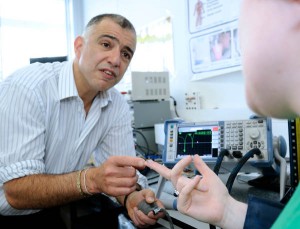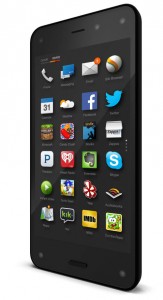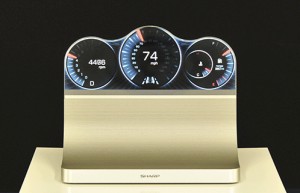 Professor Chris Toumazou, Regius Professor of Engineering at Imperial College and founder of chip firms, has won Inventor of the Year (Research category) in the European Inventor Awards – the only UK inventor to receive an award this year.
Professor Chris Toumazou, Regius Professor of Engineering at Imperial College and founder of chip firms, has won Inventor of the Year (Research category) in the European Inventor Awards – the only UK inventor to receive an award this year.
Run by the European Patent Office (EPO), the awards recognised Toumazou for developing a device called the SNP Doctor, which uses silicon chips to identify genetic mutations that determine a person’s predisposition to certain hereditary diseases.
The portable, low-power device can analyse data on the spot, within minutes, without recourse to a lab, and could shift emphasis from treating some illnesses to preventing them.
“The technologies that Chris has developed over the years not only have the ability to improve patient care, they are also important for the UK economy. His work is a perfect example of translating research into viable businesses that are helping to make the UK a leader in personalised healthcare,” said Imperial dean of engineering professor Jeff Magee.
Toumazou has established the DNA Electronics company through Imperial Innovations to market SNP Dr. Already the company has entered into collaborations with companies including Roche and Pfizer, and it has licenced patents to licensees including Life Technologies and the National Institute for Health Research.
Previously, he founded what is now Toumaz Group, which owns DAB chip firm Frontier Silicon.
His decision to delve into the world of genetic disorders came about after his son Marcus was diagnosed with a rare hereditary form of kidney disease.
These achievement all the more remarkable for someone who left school at 16 with no qualifications. He went on to receive a degree in electrical engineering at Imperial, developed energy-efficient chips for mobile phones and, at 33, became the youngest professor to teach at the College.
“This award really underlines what Imperial researchers do best – taking world leading research and applying it to help solve global challenges,” said Imperial college provost Professor James Stirling.


